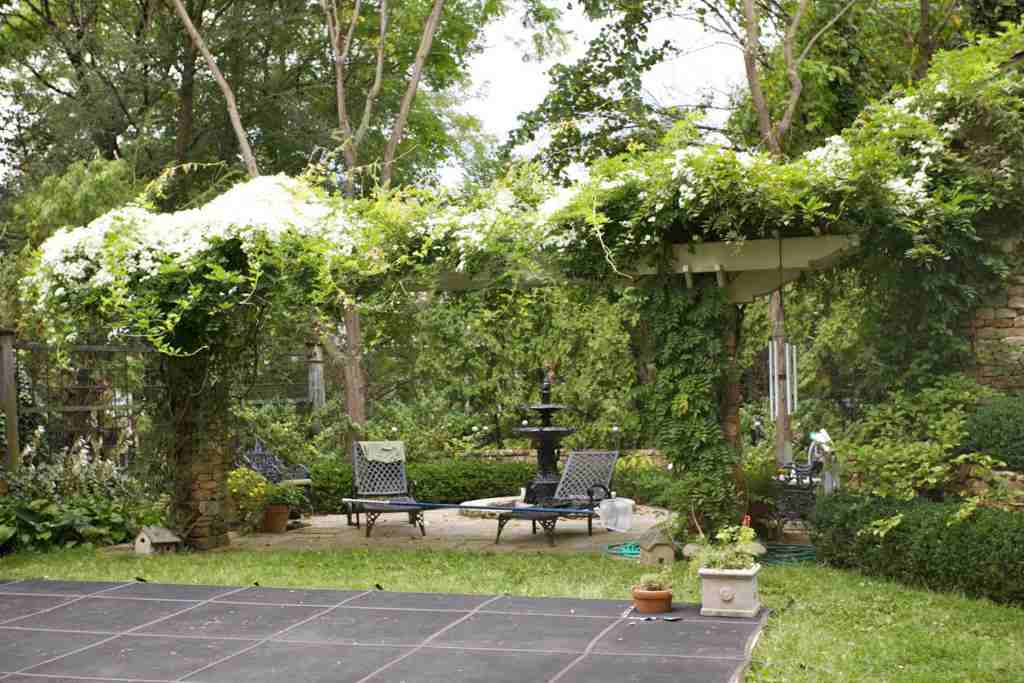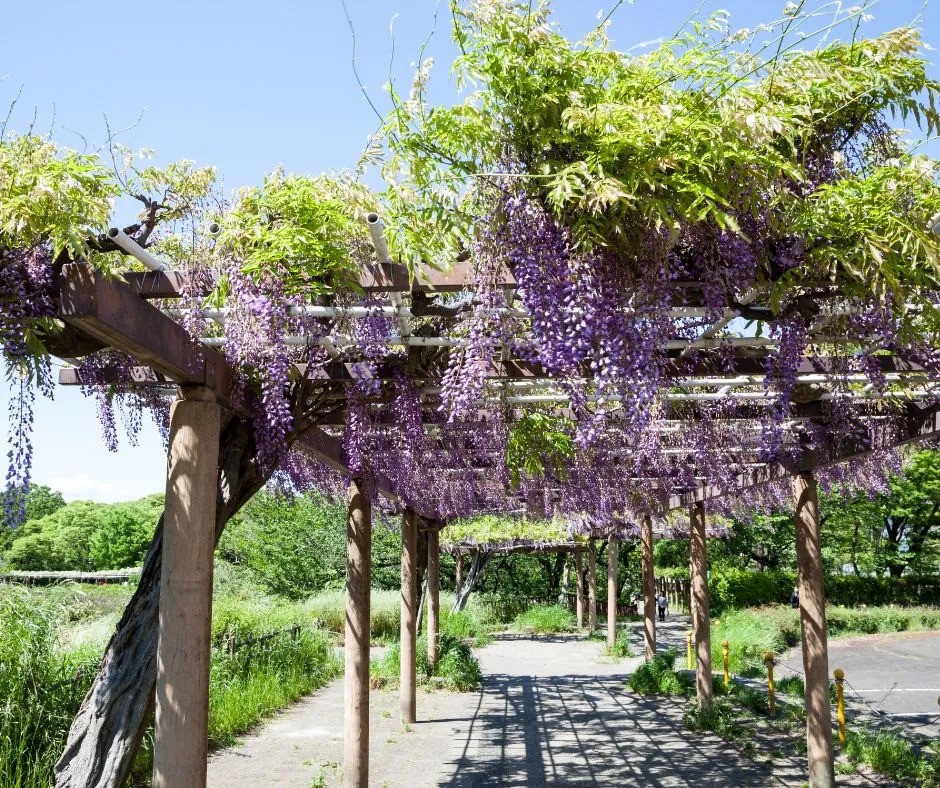
Climbing vines are nature’s elegant solution for transforming shaded areas into vibrant, verdant havens. Whether you’re looking to add privacy to a fence, embellish a pergola, or create a green wall, shade-loving vines offer a diverse array of textures, colors, and blooms to suit any garden aesthetic.
Why Choose Climbing Vines for Shade?
- Vertical Interest: Vines maximize space in your garden by climbing upwards, adding dimension and texture to walls, fences, and structures. Additionally, learning how to care for hydrangeas outdoors can enhance the overall beauty and health of your garden.
- Shade Enhancement: Many climbing vines thrive in low-light conditions, turning shady spots into lush, inviting retreats.
- Privacy and Screening: Vines can quickly create natural screens for privacy or to disguise unsightly features.
- Cooling Effect: The foliage of climbing vines can help to cool down your outdoor spaces, providing a welcome respite from the summer heat.
- Pollinator Attraction: Some flowering vines attract bees, butterflies, and other beneficial pollinators.

Top Shade-Loving Climbing Vine Varieties
- Climbing Hydrangea (Hydrangea anomala subsp. petiolaris): This deciduous vine produces stunning white lacecap flowers in early summer. It adheres to surfaces with aerial roots, making it ideal for walls and fences.
- Clematis (Clematis spp.): With hundreds of cultivars to choose from, clematis offers a dazzling range of colors, flower shapes, and bloom times. Some varieties thrive in shade, such as Clematis montana and Clematis alpina.
- Japanese Honeysuckle (Lonicera japonica ‘Halliana’): Known for its fragrant white and yellow flowers, this vigorous evergreen vine adds both beauty and fragrance to shaded areas.
- Fiveleaf Akebia (Akebia quinata): This fast-growing vine boasts chocolate-scented purple flowers in spring and unique five-lobed leaves. It’s a versatile choice for arbors, trellises, or ground cover.
- Virginia Creeper (Parthenocissus quinquefolia): A native vine with vibrant fall foliage, Virginia creeper quickly covers large areas. It’s a low-maintenance option for walls or fences.
- English Ivy (Hedera helix): This evergreen vine thrives in shade and is known for its dense foliage. Choose from a variety of cultivars with different leaf shapes and colors.
- Boston Ivy (Parthenocissus tricuspidata): Similar to Virginia creeper, Boston ivy offers striking fall colors. It attaches to surfaces with adhesive pads, making it ideal for brick or stone walls.
Planting and Care Tips
- Choose the Right Vine: Consider the mature size, growth habit, and sun requirements of the vine before planting.
- Prepare the Soil: Most climbing vines prefer well-draining soil with organic matter.
- Provide Support: Install a sturdy trellis, pergola, or other support structure for your vine to climb.
- Water and Fertilize Regularly: Keep the soil consistently moist, especially during the growing season. Fertilize in spring with a balanced fertilizer.
- Prune as Needed: Pruning helps to control the size and shape of your vine and encourage healthy growth.
Creative Ways to Use Climbing Vines
- Privacy Screen: Plant vines along a fence or trellis to create a secluded outdoor space.
- Shady Pergola: Train vines to climb over a pergola to create a cool, shady retreat.
- Green Wall: Use vines to cover a wall or building, adding visual interest and a touch of nature.
- Ground Cover: Some vines can also be used as ground cover in shady areas.
SEO Considerations:
- Keywords: climbing vines, shade vines, climbing plants for shade, shade-tolerant vines, best vines for shade
- Meta Description: Discover the best climbing vines for shade, including planting tips, care instructions, and creative uses for transforming your shaded garden into a lush oasis.
- Header Tags (H2, H3): Use descriptive header tags to organize your content and make it easier for search engines to understand.
- Internal and External Links: Include links to other relevant pages on your website and to authoritative sources on climbing vines.
- Image Optimization: Use high-quality images with descriptive alt text and relevant file names.
Let me know if you’d like any adjustments to this article!
